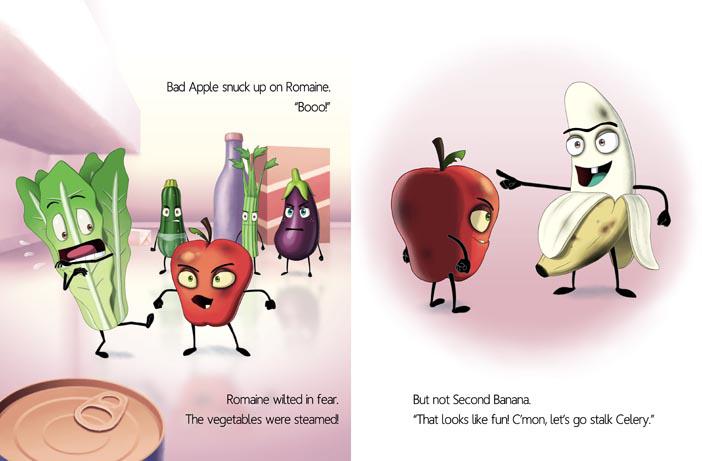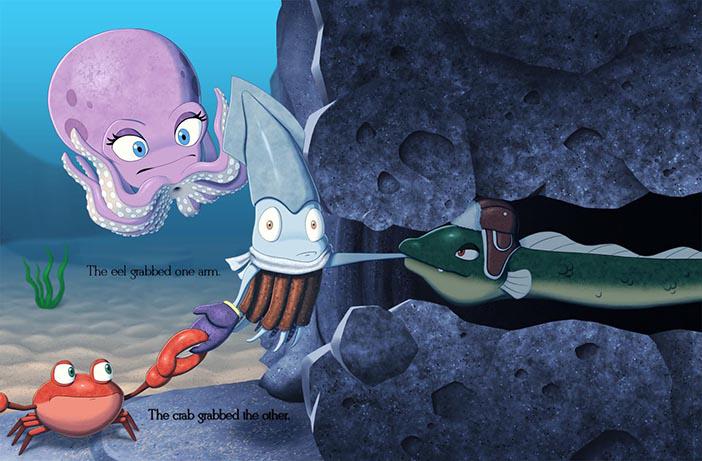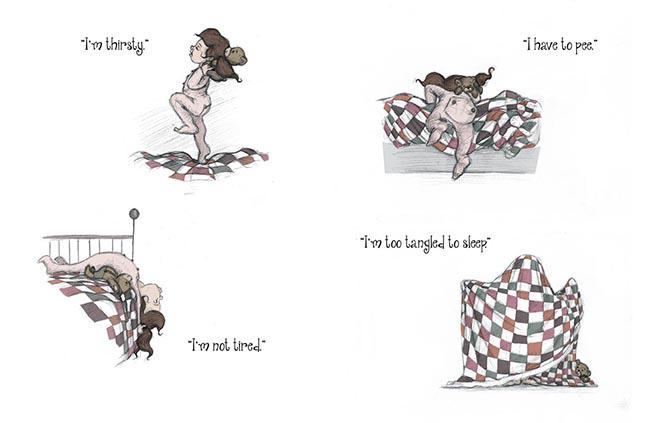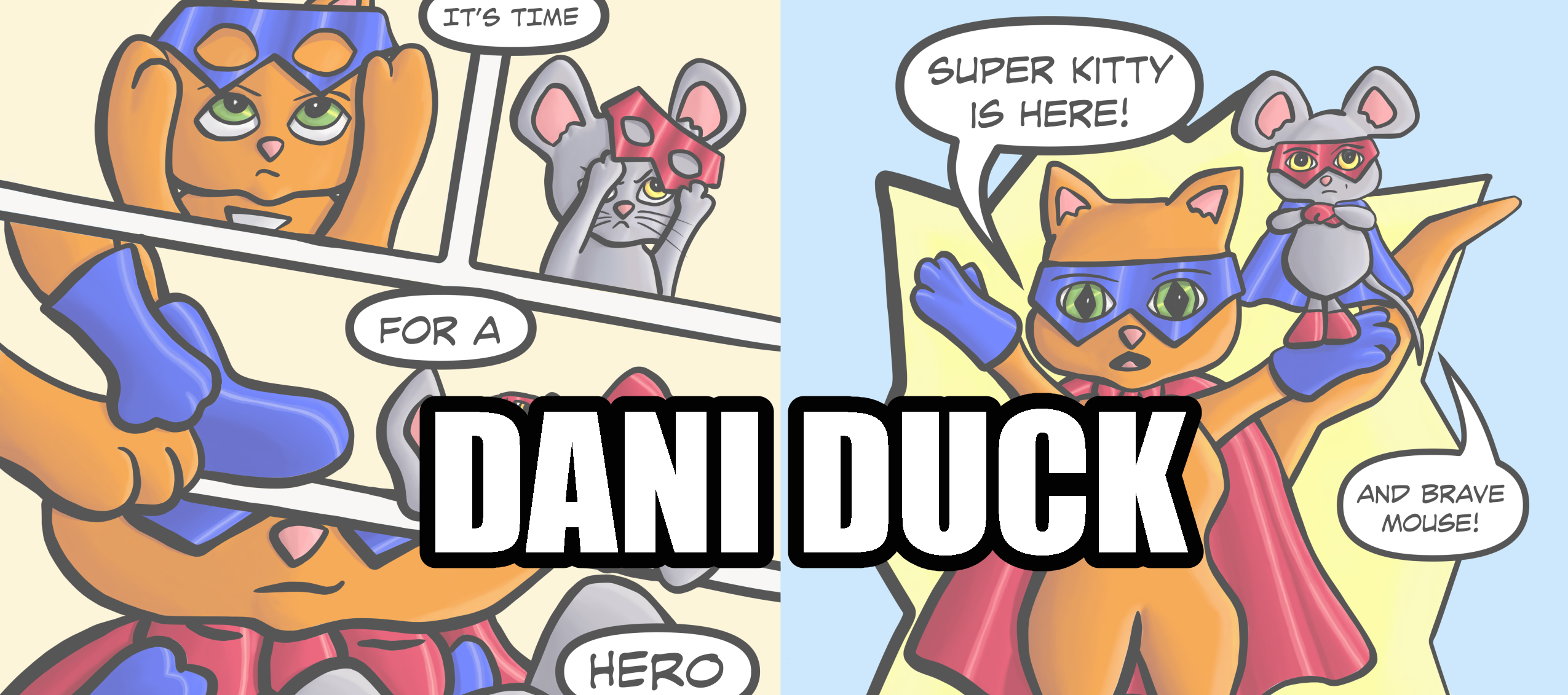How to Hilarity with Henry Herz
Henry Herz is a hilarious writer. If you aren’t following him on social media you should. You will get a great lesson on what it means to be funny, because his posts are hilarious! Henry has written a bunch of humor books for kids. He has done a lot of speaking events including school visits, conferences and conventions! Today he’s talking about the nuts and bolts of humor writing. You can visit Henry’s website here: http://www.henryherz.com/
Writing Humor
by Henry Herz
Those of you who follow me on social media know that I like to make humorous responses to other people’s posts. Wisecracking comes to me spontaneously. But when Dani asked me to write a blog post, I had to use the analytical side of my brain. So, fair warning: I’m setting your expectations right now. This post about humor will not be funny at all – barren of banter, a wilderness of wisecrackery, and a desert of drollitude. If you want to get up and leave now, no one will think less of you.
There are many different ways to achieve humor. But there is no specific formula for humor, particularly given how context-sensitive it is. This is by no means a comprehensive list of techniques. But these examples from picture books are intended to light a fire of farce, provide a comic catalyst, and spark some silliness.
1. Thwarting Expectations – Give the readers something they weren’t expecting. Jean Reagan’s HOW TO BABYSIT A GRANDMA offers a good example of the humor of role reversal. Ditto CHILDREN MAKE TERRIBLE PETS by Peter Brown. The following image from my MONSTER GOOSE NURSERY RHYMES shows a Muffet who, unlike the original, is not at all afraid of spiders.

2. Bodily Functions – Sigh. It may be low brow, but you can always rely on the Three-B’s of bodily functions (burps, barf, and boogers) to deliver disgusting delight. Consider the anatomical appeal of Taro Gomi’s EVERYONE POOPS or Kotzwinkle and Murray’s WALTER THE FARTING DOG.
3. Wordplay – English is a complex and nuanced language, providing fertile ground for authors to plant puns and sow idioms. While Dad jokes can sometimes be too subtle for younger readers, they also create language learning opportunities. Examples of this include Tara Lazar’s 7 ATE 9 and my GOOD EGG & BAD APPLE.

4. Made-up Words – In the tradition of Lewis Carroll’s Jabberwock poem, authors can create their own words. Just take care to provide sufficient context that young readers can figure out what you intend. Examples of this include Antoinette Portis’s BEST FRINTS IN THE WHOLE UNIVERSE and Carson Ellis’s DU IZ TAK?
5. Physical Comedy – Even though the author may not be the illustrator, you can write a scene in such a way that it will involve physical comedy. Examples include Dr. Seuss’s THE CAT IN THE HAT, Judy Schachner’s SKIPPYJON JONES, and my HOW THE SQUID GOT TWO LONG ARMS. Yes, that squid is wearing a stolen sweater.

6. Absurdity / Exaggeration – Creating ridiculous characters or situations where things are taken to an extreme are great ways to induce a smile. Examples include Doreen Cronin’s CLICK CLACK MOO: COWS THAT TYPE, Mac Barnett’s PRESIDENT TAFT IS STUCK IN THE BATH, and Ryan Higgins’s MOTHER BRUCE.
7. Universality of Humanity – This is the opposite of thwarting expectations. Creating characters that behave in a recognizable way can also bring a laugh. Consider the realistic voice of the crayon characters in Drew Daywalt’s THE DAY THE CRAYONS QUIT or the realistic behavior of the little red chicken in David Ezra Stein’s INTERRUPTING CHICKEN or the reluctant sleeper in my bedtime picture book, MABEL & THE QUEEN OF DREAMS.

8. Character Flaws / Quirkiness – No one’s perfect, and usually the less perfect a character is, the funnier things get. The self-delusion of the little fish in Jon Klassen’s THIS IS NOT MY HAT cracks me up every time. Ditto for the conniving pigeon in Mo Willem’s DON’T LET THE PIGEON DRIVE THE BUS. And who can forget the pantless minor character, Mr. Crabtree, in Mac Barnett’s EXTRA YARN? I cannot.
9. Mashups – I’ll end with one of my favorite humor techniques — mashing together things that have no business being together. No one expects a lovelorn zombie in Kelly DiPucchio’s ZOMBIE IN LOVE. Or dinosaur pirates in my CAP’N REX & HIS CLEVER CREW.
Now get out there and craft some chortles, administer some amusement, and spread the smiles!

———-
Follow Henry:
Website: http://www.henryherz.com/
Twitter: https://twitter.com/HenryLHerz
Facebook: https://www.facebook.com/henry.herz/
Buy Henry’s Books:
http://images.henryherz.com/ecommerce/buy.html

7 Comments
Debra Daugherty
Thank you, Henry, for sharing your techniques.
Pingback:
Linda Hofke
This is a great list of techniques. Thank you, Henry!
I like to use wordplay in most of my stories.
I do have one that features a bodily function and also one story with a few made up words.
Sharon Giltrow
I love reading and writing funny stories. Thanks for the suggestions on where and how to make funny :-).
Shaunda Wenger
Thanks, Henry! I love this list and these books!!
And squid and his sweater bring a smile every time I see him.
Take care, stay safe!
Ashley Congdon
I tend to lean toward humor and these are great tips to strengthen those funny moments.
Brittany Pomales
Great tips, can’t wait to dive in!